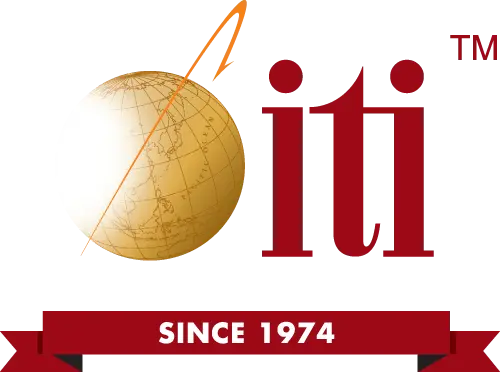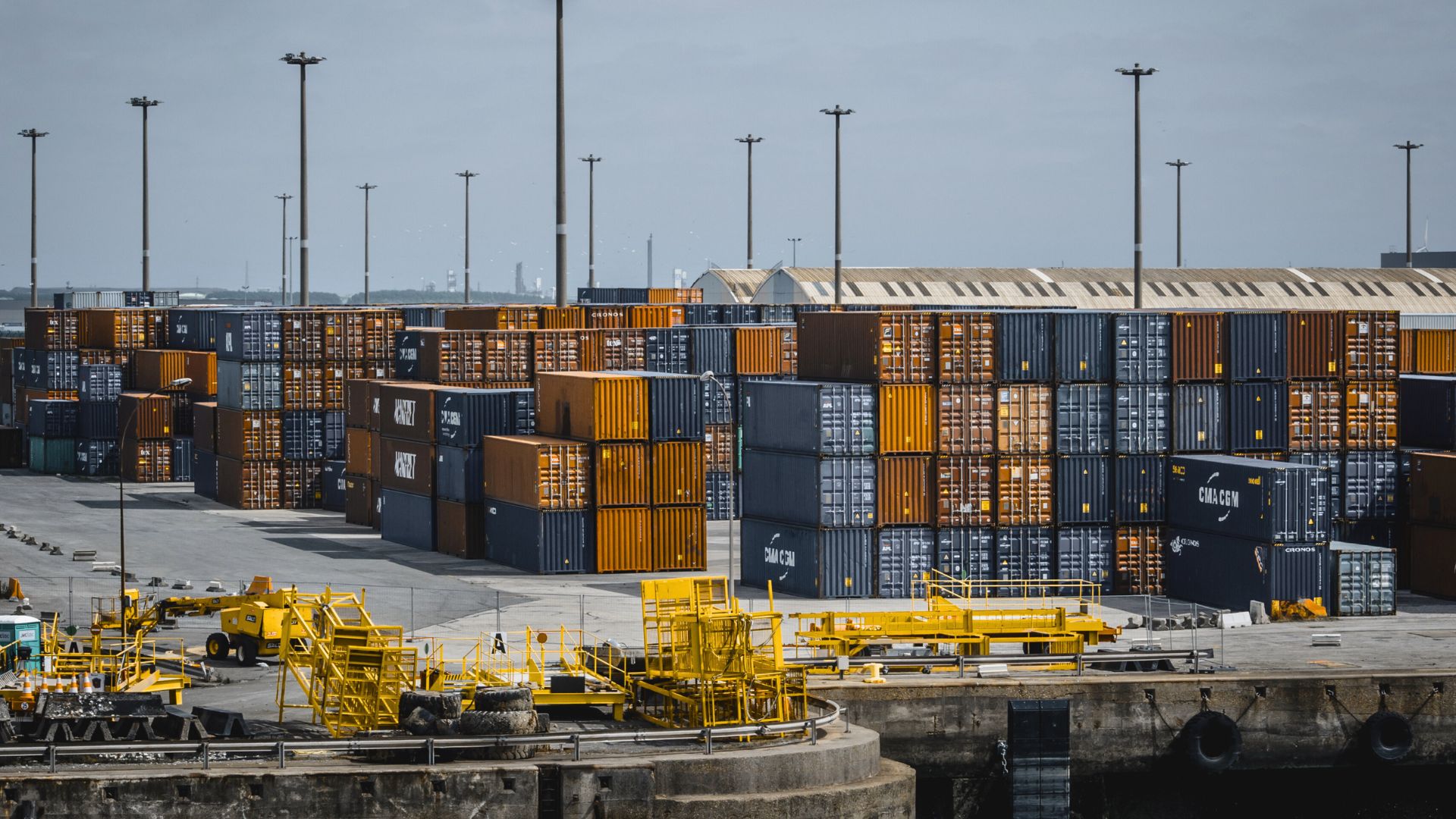
In May 2024, President Biden’s administration outlined plans to enact additional trade tariffs against certain goods exported from China to the U.S. China has long been accused of unfair trade practices and ulterior political actions that threaten the U.S. economy. This sentiment dates back to initial tariffs launched by the Trump administration in 2018. In total, these new Chinese tariffs will impact $18 billion worth of imports. The goal is to regain domestic jobs lost to unfair international trade conditions, while at the same time applying significant pressure on China to curb unscrupulous activities.
Outside of the U. S., many other countries are experiencing similar negative impacts stemming from Chinese trade practices, causing a ripple effect that has fundamentally disrupted global supply chains. While this is certainly an international issue that requires political intervention, individual companies will need to stay informed of the situation in order to navigate the tariffs and trade implications to come.
To better understand the situation, let’s highlight a few more details about the current state of Chinese trade:
- China is accused of myriad unfair trade practices including theft of American intellectual property, blatant unauthorized replication of U.S. innovations and inventions, artificial currency deflation to scoop up market share, and humanitarian concerns involving underaged and forced labor.
- China has weaponized export trade by restricting critical exports to other countries, implementing trade regulations that unfairly tilt competition in its favor, and even performing digital espionage using technologies exported to other countries.
- The U.S. government sees these actions as ill-intentioned and harmful to our economy as well as global trade overall, as they force many countries to rely on Chinese trade to the point of suffering significant harm when China pulls its tactical levers.
- To combat Chinese trade weaponization, the U.S. will implement and increase tariffs to add excess cost on top of the price of imported Chinese goods, which drives down cashflow to China and motivates American buyers to seek out alternative sources. The idea is that if China wishes to continue exporting to the U.S. (as the world’s largest import economy), it must clean up its act and trade fairly.
How New Tariffs on Chinese Exports Impact Global Supply Chains
In short, tariffs impose a cost premium on goods exported from a particular country, which can cause a wide array of knockdown effects depending on the criticality of the goods being tariffed and how prominent the tariffed country is in the supply of those goods.
Specific impacts include:
- Cost increases: The immediate first impact of tariffs is that they raise the prices of imported goods to U.S. buyers. This added expense directly reduces buyers’ profitability, forcing them to either absorb the added costs or seek out new, less expensive suppliers in the short term.
- Rapid reshoring: In response to higher costs and the inference that Chinese exports will increase in volatility under U.S. government pressure, domestic buyers will tend to establish new long-term manufacturing relationships in alternative markets. Buyers like consistency, and once production is reshored away from China to a new export country, it is unlikely to return without substantial commercial incentives.
- Logistics complexities: Reshoring production away from China to other markets has the potential to complicate trade logistics at the global scale. First, countries where trade is reshored will experience an increase in both incoming and outgoing material flows that may surpass their available infrastructure’s capacity. Second, high-volume carriers may not have established routes to these new countries, creating shipping delays, higher costs and additional touch points.
- Alternative market constraints: Beyond logistics constraints alone, many emerging export markets have only scaled their manufacturing and commercial infrastructure in proportion to current trade volumes, and cannot immediately increase capacity to handle an influx of reshored volume. This can translate into long ramp-up periods before new markets can support all incoming business, as well as large price, lead time and quality variations as the market finds its new equilibrium.
- Capacity bottlenecks: Even as production volumes are reshored from China to other markets, it is presumed that China will still provide large portions of raw materials and semi-complete goods to these alternate markets (where U.S. tariffs won’t apply). This reshuffling of material distribution will add new manufacturing, logistics and warehousing steps, resulting in bottlenecks at multiple points in the supply chain.
- Retaliation tactics: China has historically responded to U.S. tariffs by introducing their own trade countermeasures and is expected to do so again should the newly proposed tariffs move forward. In particular, it is most likely that China will cut their purchases of U.S. agricultural exports, restrict the sale of key raw materials to the U.S. and tamp down on sales or cooperation with third-party markets that are known to serve U.S. buyers.
Defending Against the Impacts of New Tariffs on China
While it is presumed that the newly proposed tariffs on Chinese exports will soon be ratified, American import buyers impacted by these tariffs have options that can minimize their exposure to risks and financial losses, including:
- Quantifying the impacts. First and foremost, American import buyers are encouraged to get very familiar with the proposed tariff changes in order to quantify their expected impact. Buyers will want to understand exactly how much risk is associated with the tariffs on their specific products, as well as how much time they have before each relevant tariff takes effect. (New tariffs are likely to impact $18 billion worth of imports spanning semiconductor, medical device, electric vehicle, steel, aluminum, solar and related product categories.)
- Renegotiating existing contracts. In some cases, buyers will only need to renegotiate their existing Chinese contract manufacturing engagements to reflect updated price points driven by the new tariffs. Buyers will still want to consider their long-term profitability as it relates to global inflation and lending rate trends, so that they do not renegotiate a contract that only pencils out under current conditions.
- Diversifying suppliers. Whenever tariffs are introduced, the global market immediately reacts by planning, forecasting and reshuffling production to the next-most competitive economies available. This activity creates turbulence in the near-term and bottlenecks in the mid-term before eventually stabilizing. In turn, diversification creates some level of disruption that will expose buyers to risk. The best way to insulate against this risk is to diversify suppliers and logistics channels so that there is always a “plan B” at hand.
- Offshoring production. In many cases, buyers overlook the long-range impacts of tariffs on export markets, expecting a “return to normal” when in fact the tariffed markets are permanently altered. In such cases, it is in the buyer’s best interest to reshore production to new export markets entirely, which can be done all at once or gradually over time. In particular, Vietnam, India, Mexico, Malaysia, Taiwan and multiple South American countries are attractive offshoring targets today.
- Enhancing contingency plans. As always, we encourage import buyers to expect the unexpected. The newly proposed tariffs on Chinese goods will certainly make near-term procurement more challenging, and updating contingency plans now can make all the difference in avoiding significant losses later. Contingency plans should at the least include alternative supplier lists, inventory and distribution forecasts, customer communication briefs, substitution lists and cashflow projections.
Questions on Chinese Tariffs?
We’re happy to discuss manufacturing options with you. Our decades of experience allows us to make sense of both current conditions and the big picture. Contact our manufacturing experts today for more information.




